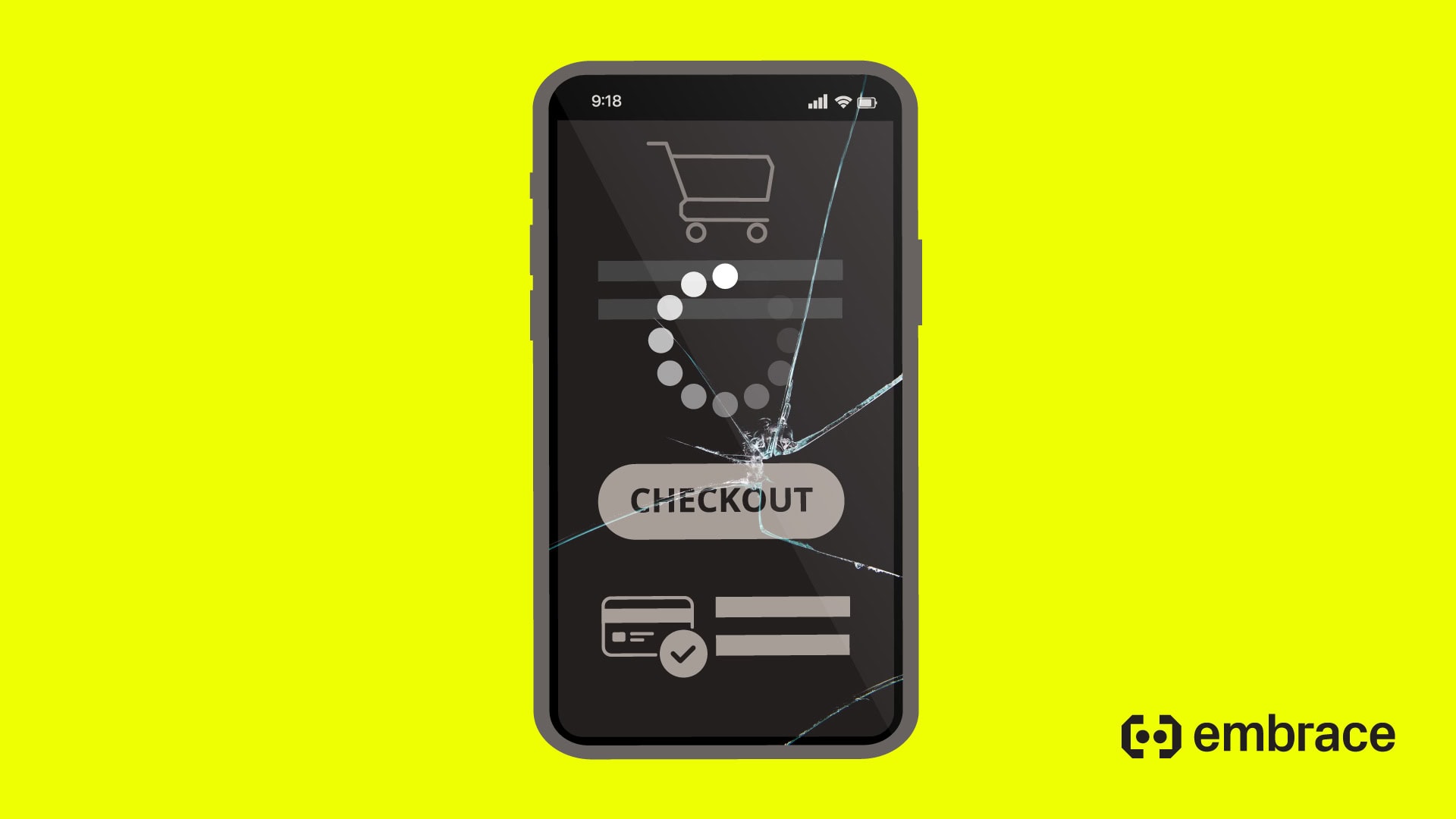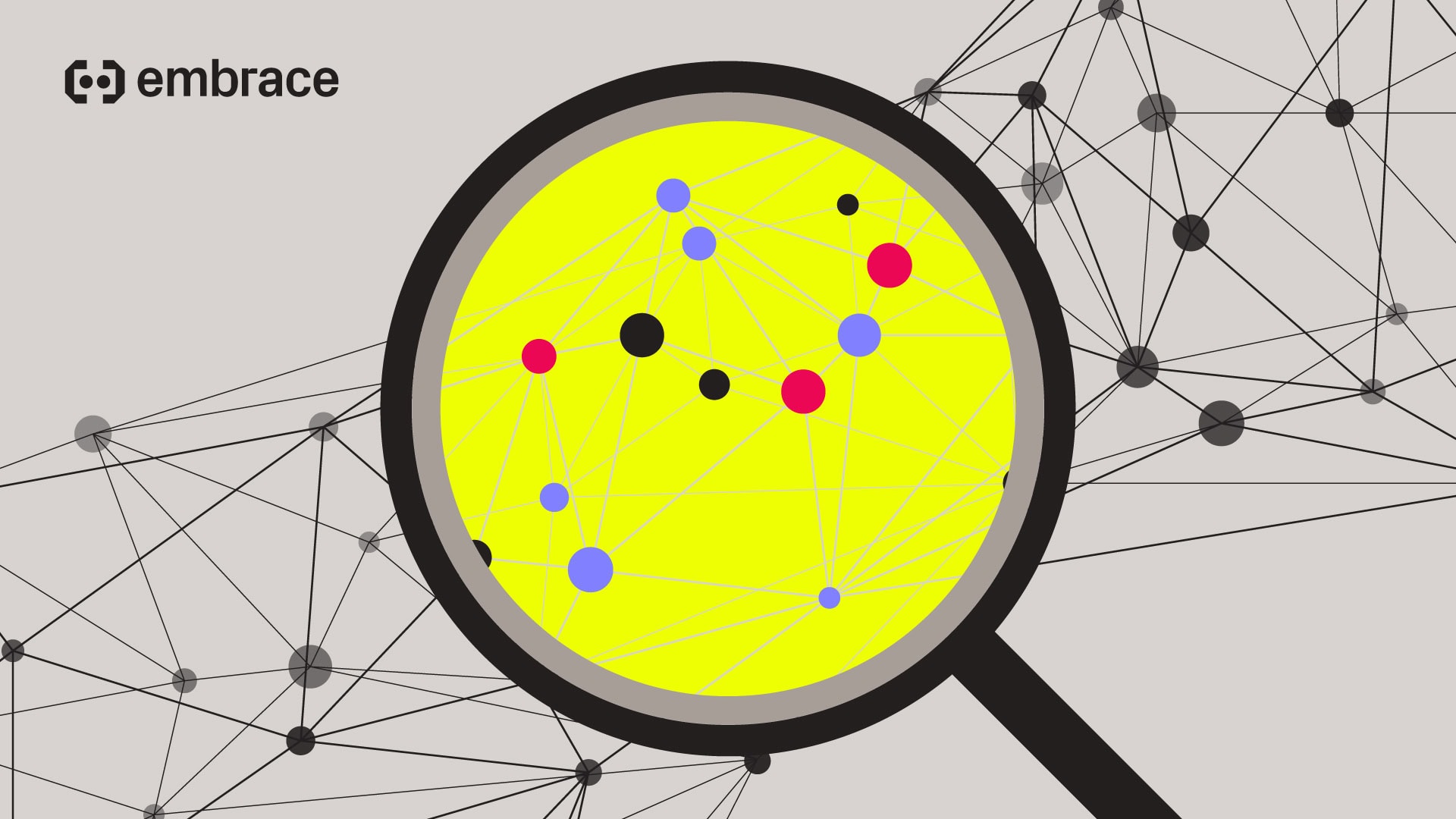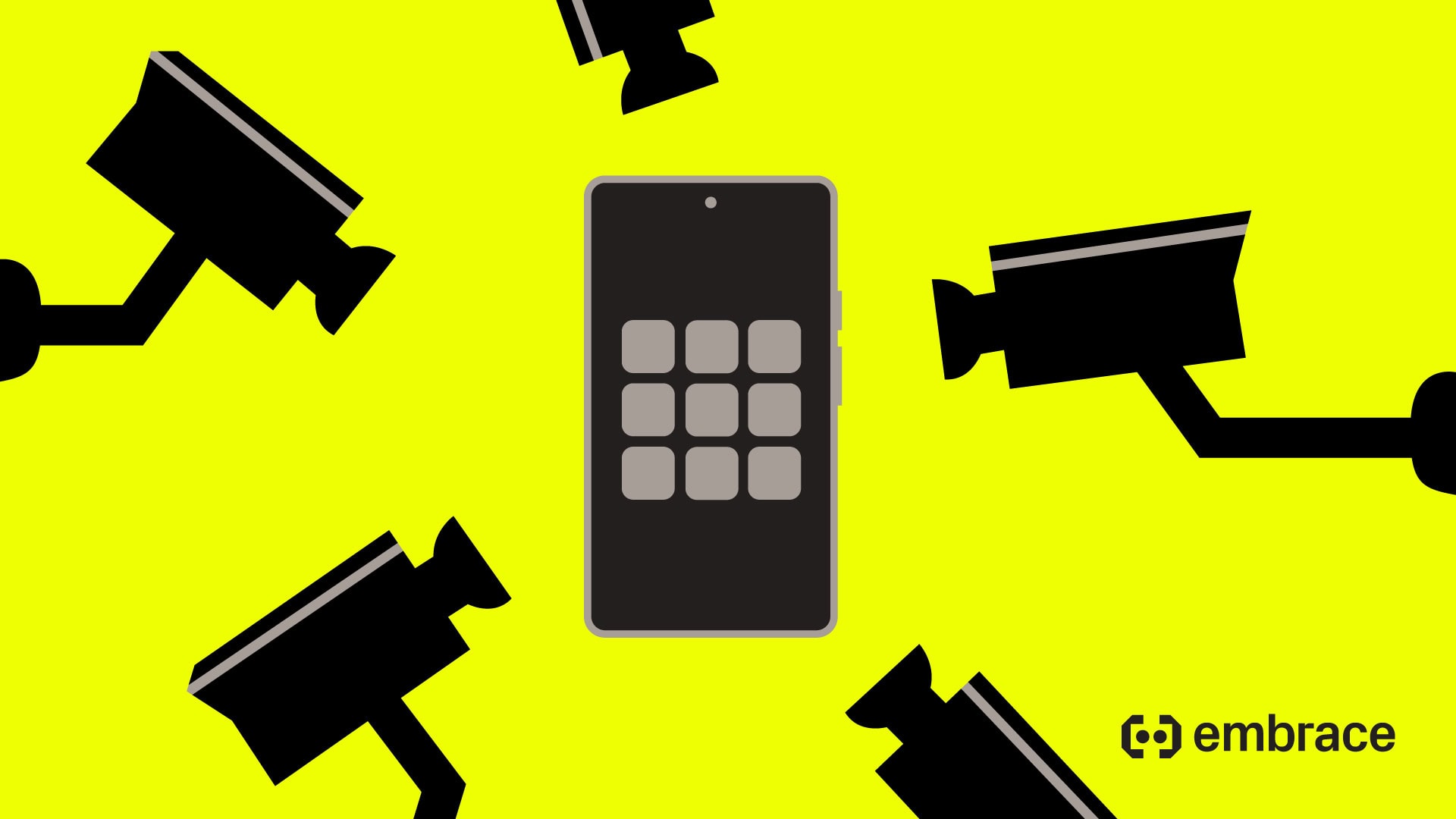
In a recent survey of more than 1,000 mobile engineers, respondents said optimizing app performance was their top day-to-day priority, while one of their top frustrations was not having access to the tools they needed to do so.
One reason mobile engineers may feel under-resourced is because so many of today’s mobile monitoring platforms rely on sampled data.



